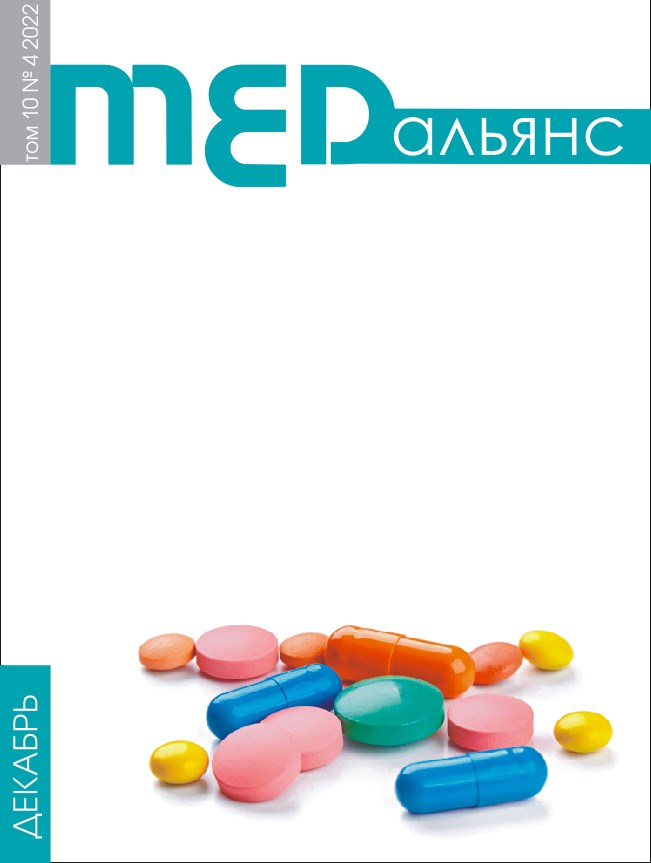Abstract
Modern possibilities of cellular and tissue engineering technologies are presented in this publication, that are developed to be applied to urologic patholo gies in experimental and clinical practice. Оwn experience is described in rabbit bladder reconstruction with tissue engineering construction. Тissue engineering is one of the leading trends in modern science and envisages the development of restoration or replacement techniques for damaged structures with the use of scaffolds and cells. However, in spite of a huge number of publications, urologic structures reconstructions are in minority. Nowadays, to treat damaged human tissues and organs, bioresorbable synthetic polimers are becoming more and more popular, those are used as the basis for cell culture (Ho M.H. et al., 2006; Shao J. et al., 2012). Foreign scientists have been successfully attempting to create tissue wall analogues for a long time. Маterials and methods. 15 male Chinchilla rabbits underwent partial bladder resection with scaffold grafting containing smooth miocytes with urothelium, fibroblasts and mesenchymal stem cells, as well as acellular matrix. Results. In the group of animals that received scaffoled with labelled mesenchymal stem cells, in 5 out of 6 cases, matrix lysis occurred with no signs of graft rejection. After 2.5 months post-op, the capacity of the bladders was comparable with that pre-op. In the implantation site, one could visually see the area of a newly formed bladder wall, with vascularization signs. Histologically, initial stages of reparation and angiogenesis have been identified. Confocal microscopy of cryoslices from the implantation site showed labelled cells taking part in the urothelium-like structure formation. In all cases when acellular matrix or scaffolds with smooth miocytes with urothelium and fibro blasts were implanted, graft rejection took place, with various degrees of inflammation and decrease of bladder capacity. Conclusion. The use of tissue engineering construction made of composite matrix and rabbit mesenchymal stem cells was effective for small bladder defects reconstruction. Further development of techniques to create multicomponent graft with allogenic cells may improve the results of treating such pathologies in patients when autogenic material cannot be harvested. A study is under way in St Petersburg Research Institute of Phthisiopulmonology as of now, to study tissue engineered bladder augmentation, up to its total replacement (Russian Scientific Foundation grant no. 22-25-20167, https://rscf.ru/
project/22-25-20167/ and St Petersburg Scientific Foundation grant in accordance with agreement dd. 14th April 2022 no. 20/2022).

